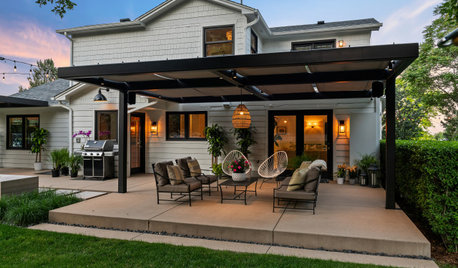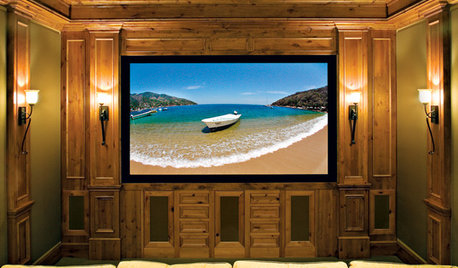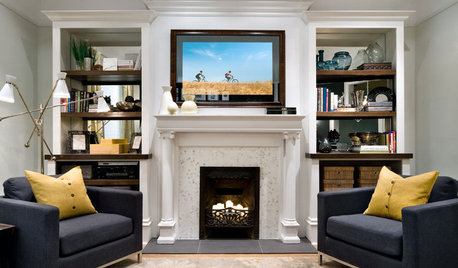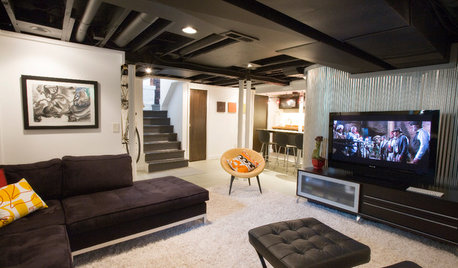running unfinished basement wires
bleevan
17 years ago
Related Stories

WINE CELLARSFrom Run-down Basement to Bottoms-Up Wine Cellar
See how a dreary storage room and mechanical space became a sophisticated wine cellar and tasting room
Full Story
BASEMENTSRoom of the Day: From Unfinished Basement to Spacious Great Room
A partial basement in San Francisco is transformed into a striking living space
Full Story
WORKING WITH PROSYour Guide to a Smooth-Running Construction Project
Find out how to save time, money and your sanity when building new or remodeling
Full Story
DIY PROJECTSHide All Those Wires in a DIY Charging Station
Keep your gadgets handy and charged with a flexible storage board you can design yourself
Full Story
LIGHTING10 Ways With Wall Lights That Don’t Need to Be Wired In
Learn how to add illumination to your home without carving into the walls
Full Story
MONTHLY HOME CHECKLISTSJanuary Checklist for a Smooth-Running Home
Need help beating the postholiday blues? Launch the new year with some tidying, safety steps and maybe birdseed, too
Full Story
MEDIA ROOMS5 Tips to Turn Your Basement into a Media Room
From wiring to gadgets to decor, a designer tips us off to the secrets for media room success
Full Story
BASEMENTS10 Ideas for an Anything-but-Boring Basement
Let your imagination run wild and get the most bang from your basement
Full Story
HOME TECHSave Your Decor — Hide Your Media Stuff
When you tuck boxes, wires and speakers into walls and ceilings, all you'll notice is your favorite shows or music
Full Story
LIVING ROOMSBelow My Houzz: An Inviting Basement With Industrial Edge
Reconfiguring a cramped, damp basement opens up a new world of sleek, functional spaces
Full StoryMore Discussions







lanceparker
kurto
Related Professionals
Galena Park General Contractors · Geneva General Contractors · Green Bay General Contractors · Kentwood General Contractors · Markham General Contractors · Mount Vernon General Contractors · North Smithfield General Contractors · Saginaw General Contractors · View Park-Windsor Hills General Contractors · Norton Solar Energy Systems · Alum Rock Solar Energy Systems · Englewood Home Automation & Home Media · Los Angeles Home Automation & Home Media · Palo Alto Home Automation & Home Media · Pittsburgh Home Automation & Home Mediaitsunclebill
pugorama
DavidR
irishbrewer
User
pugorama
brickeyee
User
tommy23
DavidR
pugorama
brickeyee
bentruler
spencer_electrician
Ron Natalie
Ron Natalie
tiffer
spencer_electrician
Ron Natalie
worthy
kwhite37
steve_in
rosswilliams
Ron Natalie
rosswilliams
itsunclebill
Ron Natalie